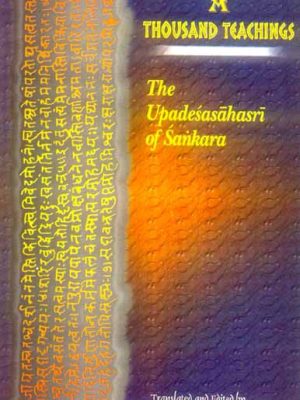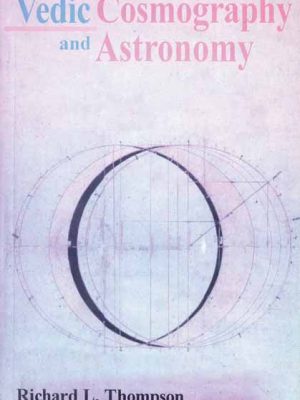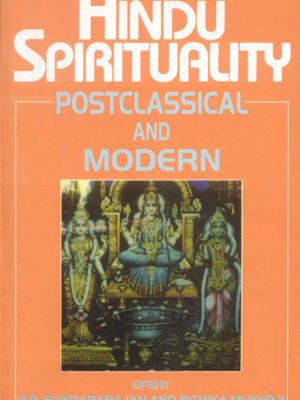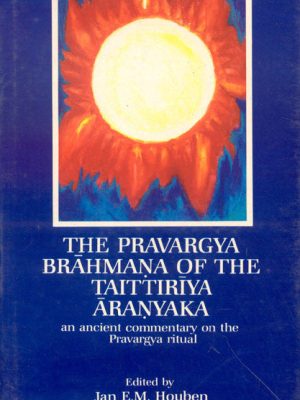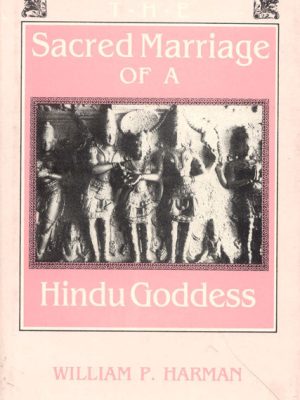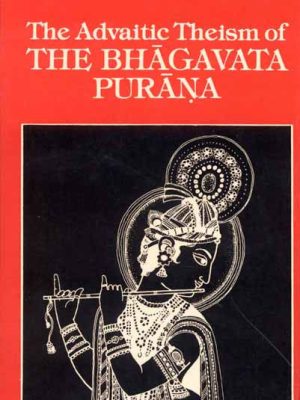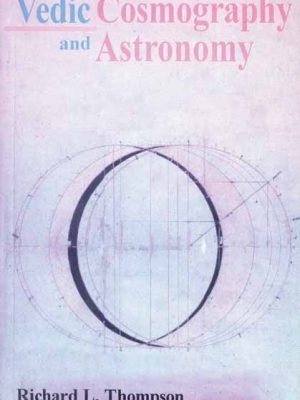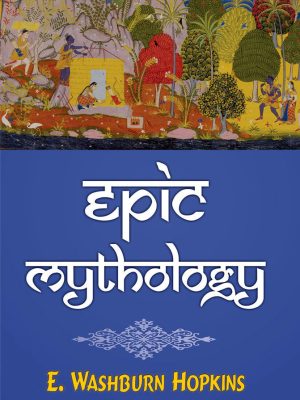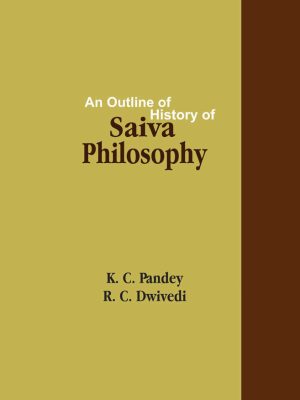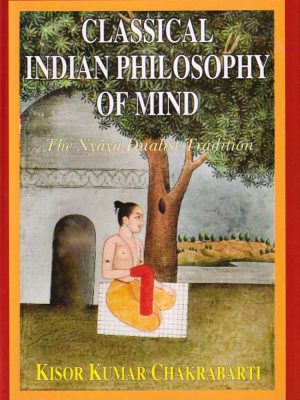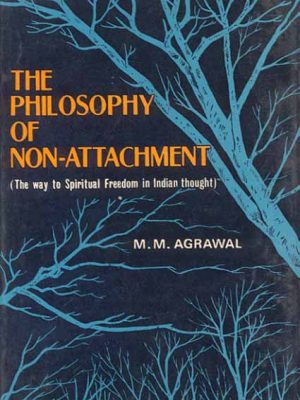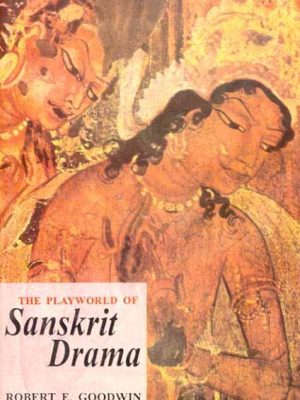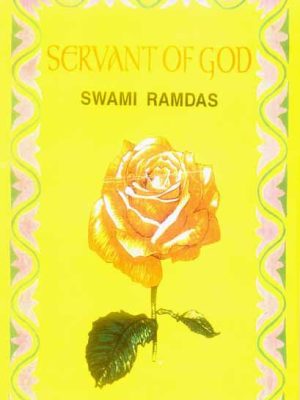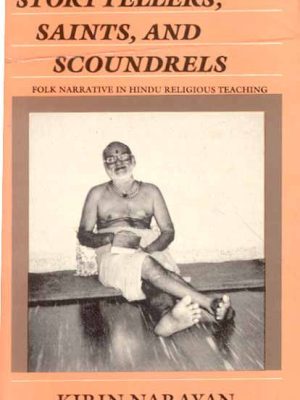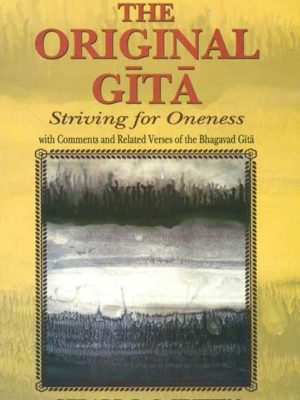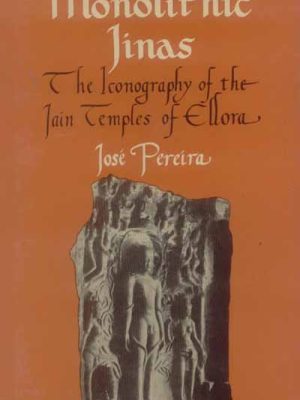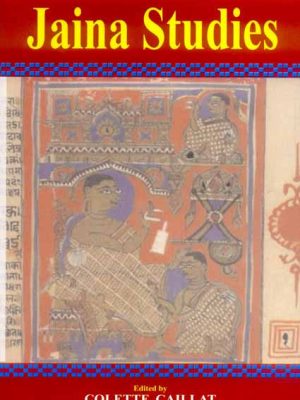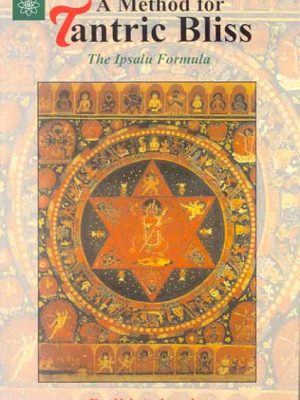Motilal Banarsidass
-
A Thousand Teachings: The Upadesasahasri of Sankara
A Thousand Teachings: The Upadesasahasri of Sankara
₹595.00 -
Vedic Cosmography and Astronomy
Vedic Cosmography and Astronomy
The mysteries of the fifth Canto of the Srimad Bhagavatam have long puzzled students of Vedic cosmography and astronomy. Confronted with a description of the universe that seems much at variance with the information provided by our senses and standard astronomical calculations, foreign observers and even Indian commentators from the middle ages up to the present have concluded that the Bhagavatam’s account elaborated in other Puranas must be mythological. On the other hand the same persons have been much impressed with vedic astronomical treatises the jyotisasastras which provide remarkably accurate measurements of the solar system.
₹595.00Vedic Cosmography and Astronomy
₹595.00 -
Hindu Spirituality (Vol. 2): Postclassical and Modern
Hindu Spirituality (Vol. 2): Postclassical and Modern
The term hindu is referred to the religious life of the people of India, and Spirituality understood as wisdom about the way back into the ground of pluralism of religious forms. These two volumes are strucrtured along the division between the classical and the postclassical. Twenty seven scholars from around the world shed light on the spiritual beauty of Hinduisms poetry art and temples, festivals and music, as well as the contributions of modern pioneers such as Swami Vivekananda Sri Aurobindo, Mahatma Gandhi and others.
About the Author(s)
K.R. Sundararajan
₹595.00 -
The Pravargya Brahmana of the Taittiriya Aranyaka: An Ancient Commentary on the Pravargya Ritual
The Pravargya Brahmana of the Taittiriya Aranyaka: An Ancient Commentary on the Pravargya Ritual
A historical commentary on the Pravargya ceremony can be found in Prapathaka 5, which is part of the Taittiriya Aranyaka in the Andhra recension. This commentary, known as the Pravargya Brahmana, is presented here in a translation that also includes annotations. An investigation of the Pravargya ritual is included in the Introduction. This ceremony is referred to as “One of the few rites that have been specifically alluded to in the Rgveda (typically under the term “Gharma”).” The abstract and spiritual character of what is most likely the primary purpose of the ritual – the participants should acquire the lustre of the sun – the straightforward means by which it can be performed, and the manner in which the main implement, the pot which is heated to a red-hot temperature, is worshipped, give it a special place among the vast assortment of Vedic rites. In addition to the translation, the original Sanskrit text of the Pravargya Brahmana of the Taittiriyas has also been provided here. The present work was prepared under the direction of Professor Dr. H.W. Bodewitz (Utrecht), and it is an expansion of an essay that the author wrote as part of the author’s partial fulfilment of the requirement for the degree of “doctorandus” at the University of Utrecht, 1987. This work was prepared under the guidance of Professor Dr. H.W. Bodewitz (Utrecht).
Author
Jan E.M. Houben
₹595.00 -
The Sacred Marriage of a Hindu Goddess
The Sacred Marriage of a Hindu Goddess
In the region of southern India known as Tamil Nadu, the city of Madurai is the location where Hindus celebrate the union of the goddess Minakshi and the god Siva. The yearly festival lasts for 10 days and is considered to be one of the most important and well-known of all Hindu celebrations. This event is investigated in the work of William Harman from a variety of viewpoints, including the history of religions, Sanskrit and Tamil traditions, and Hindu cultural norms.
Author
WILLIAM P. HARMAN
₹595.00 -
The Advaitic Theism of the Bhagavata Purana
The Advaitic Theism of the Bhagavata Purana
The author of this book takes a detailed look at the core beliefs that are outlined in the Bhagavata Purana during the course of its eight chapters. Through in-depth analysis, he demonstrates how the Bhagavata Purana, as a unified scripture, combines Vedantic non-dualism and Vaisnava devotionalism; and how the Bhagavata non-dualism accommodates the reality of the universe and of the individual selves that are found within it within the reality of Brahman. This marvellous combination of the devotionals and non-dualism in the Bhagavata Purana is said to find its expression in the worship of Krsna as a transcendent and ultimate god by all Vaisnavas. This is according to the author. The discussion and delineation found throughout the chapters highlight “each of the major forces” that are responsible for determining “the religious structure of the Bhagavata,” which “has a significance and meaning for the study of religion beyond that of situating a scriptural text within a religious history.” Students of Indian religion and philosophy will find the current academic work to be very interesting and valuable. The general reader who is interested in Indian history and culture will also find a place for it in their collection of literature..
Author
Daniel P. Sheridan
₹595.00 -
Vedic Cosmography and Astronomy
Vedic Cosmography and Astronomy
The secrets of the Fifth Canto of the Srimad-Bhagavatam have long confused scholars of Vedic cosmography and astronomy. Confronted with a description of the universe that seems much at variance with the information provided by our senses and standard astronomical calculations, foreign observers—and even Indian commentators—from the Middle Ages up to the present have concluded that the Bhagavatam’s account, elaborated in other Puranas, must be mythological. On the other hand, the same folks have been immensely impressed by Vedic astronomical treatises, the Jyotisa Sastras, which offer extremely precise measurements of the solar system. In Vedic Cosmography and Astronomy, Dr. Thompson shows that the Fifth Canto’s cosmography and the accounts of the solar system found in the Jyotisa Sastras are not contradictory, but that they in fact represent distinct yet mutually consistent ways of comprehending a universe with important features beyond the range of ordinary sense perception.
Author
Richard L. Thompson
₹595.00Vedic Cosmography and Astronomy
₹595.00 -
Epic Mythology
Epic Mythology
The study of the Indian epics the Ramayana and the Mahabharata is given a fresh perspective with the publication of this collection. In it, for the very first time, mythology is separated from the overarching themes that run throughout both of the epic books. Within a few hundred years of the start of the Christian era, the people who lived in Northern India along the Ganges believed the mythology that is described in India’s two epics to be representative of their general worldview. The time period covered by the Mahabharata is from 300 B.C. to 400 A.D. In its entirety, the Mahabharata was written much later than the Ramayana, which is both more technically accomplished in its metre and the product of a single author. The more brutal epic style of the Mahabharata depicts a life that is more civilised than the one seen in the Ramayana. It is also the product of the combined efforts of many people over a long period of time.
Epic mythology is, however, is fairly consistent. There is no great discrepancy between the character of any one god in the Mahabharata and that of the same god in Ramayana. Nor is the character of gods very different in different parts of the Mahabharata, save for the sectarian tendency to invert the positions of the three highest gods in favour of the sect.
Author
Edward Washburn Hopkins
₹595.00Epic Mythology
₹595.00 -
-
-
The Original Gita: Striving for Oneness with Comments and Related Verses of the Bhagavad Gita
We live in a world that functions by seeming ‘dualism’, a perspective that keeps us in bondage. In this book, dualism is addressed and shown to be illusionary, since every pair of opposites implies a third element: the notion of a difference implied by both opposites.
The Original Gita, which predates the Bhagavad Gita, focuses on the basic philosophical and practical essentials of life and living. Here dualism is addressed and shown to be illusionary, since every pair of opposites implies a third element: the notion of a different implied by both opposites. The discussion of what is an ever-present ‘difference’ in such a triunity and how it impacts everything we perceive is pivotal to awakening to a new dimension of observation. It is in the unseen difference that we become aware of opposites, such as long-short, day-night, true-false.
In the first part of the book, the questions-What is thought? What is space-time? What is life-death? – are examined in concise form to give a foundation for the understanding of the philosophy of the Gita. Using this basis of Eastern wisdom, the author comments on the 209 verses of The Original Gita, and a Sanskrit-to-English translation is given of the related 319 verses in the classic Bhagavad Gita that correspond to these verses; these 319 verses can therefore be considered as the core of the Bhagavad Gita. There is no reference in The Original Gita to the battle fought by the Bharatas, nor is there support for the caste system, which were interpolations added later to the Bhagavad Gita. The book includes a glossary for clarification of a number of germane Sanskrit terms, a bibliography, and an index.
Review(s)
About the Author(s)
Dr. Gerard D. C. Kuiken received his Ph.D. from the Delft University of Technology, where he lectured in the fields of fluid mechanics and thermodynamics. He is the author of Thermodynamics of Irreversible Processes: Applications to Diffusion and Rheology, published by John Wiley & Sons. He has studied yoga since his youth, and resides in both The Hague in The Netherlands, and Santa barbara in California, USA.
₹600.00 -
Monolithic Jinas: The Iconography of the Jain Temples of Ellora
Monolithic Jinas: The Iconography of the Jain Temples of Ellora
Monolithic Jinas: The Iconography of the Jain Temples of Ellora
About the Author(s)
CARMEL BERKSON
₹600.00 -
